空调和增压系统Air conditioning and Pressurization System
飞机增压座舱的要求
Requirements for Aircraft Pressurized Cabin
(1)座舱温度要求
Cabin temperature requirements
根据人体生理卫生要求,最舒适的座舱温度为 20~22℃,正常保持在 15~26℃的舒适区范围内。另外,座舱内温度场应均匀,无论是垂直方向还是水平方向,与规定座舱温度值的偏差,一般不得超过±3℃。座舱壁、地板和顶部的内壁温度,基本上应保持与舱内温度一致,否则由于热辐射和对流的影响会使乘员感到不舒适。同时,各内壁的温度应高于露点,使其不致蒙上水汽。
According to the requirements of human physiology and health, the most comfortable cabin temperature is 20~22 ℃, which is normally kept within the comfort zone of 15~26 ℃. In addition, the temperature field in the cabin shall be uniform, and the deviation from the specified cabin temperature value in both verticaland horizontal directions shall not exceed ± 3 ℃. The inner wall temperature of the cabin wall, floor and top should be basically consistent with the cabin temperature; otherwise, the passengers will feel uncomfortable due to the influence of thermal radiation and convection. At the same time, the temperature of each inner wall should be higher than the dew point, so that it will not be covered with water vapor.
(2)座舱压力要求
Cabin pressure requirements
座舱高度:是指座舱内空气的绝对压力值所对应的标准气压高度,单位为m。对应于座舱空气压力上限值 565mmHg,它大约相当于 2400m 高度上的大气压力,即称此时的座舱高度为 2400m。
Cabin altitude: refers to the standard atmospheric pressure altitude corresponding to the absolute pressure value of the air in the cabin, unit: m. It corresponds to the upper limit of cabin air pressure of 565mmHg, which is approximately equivalent to the atmospheric pressure at the altitude of 2400m, that is, the cabin altitude at this time is 2400m.
座舱余压:座舱内部空气的绝对压力 pc 与外部大气压力 pH 之差就是座舱空气的剩余压力,简称余压。亚音速喷气式客机的最大压差范围约在 400~440mmHg(7.7~8.5psi)。
Cabin residual pressure: the difference between the absolute pressure pc of the cabin air and the external atmospheric pressure pH is the residual pressure of the cabin air, referred to as the residual pressure. The maximum pressure difference of subsonic jet airliner is about 400~440mmHg (7.7~8.5psi).
座舱压力变化率:对于大约为 153m/min(近似 2.5m/s)的垂直上升速度(相当于 0.22~0.23mmHg/s 的压力降低速度),以及 92m/min(近似 1.5m/s)的垂直下降速度(相当于 0.13~0.14mmHg/s 的压力增长速度),它们对人体可以长时间作用而不致产生航空中耳气压症。
Change rate of cabin pressure: for a vertical rise speed of about 153m/min (approximately 2.5m/s) (equivalent to a pressure reduction speed of 0.22~0.23mmHg/s), and a vertical fall speed of 92m/min (approximately 1.5m/s) (equivalent to a pressure growth speed of 0.13~0.14mmHg/s), they can act on the human body for a long time without causing air middle ear pressure.
(3)供气量要求
Air supply requirements
为了保证客舱内空气是新鲜的,座舱通风换气次数不能少于 25-30 次/小时,大约每两到三分钟就更新一次,空气流速为 0.2 米/秒。在保证最少新鲜空气的条件下,还可使一部分用过的座舱空气经过滤器净化后,重新供入座舱,以减少从发动机的引气量,从而减少空调系统的代偿损失。
In order to ensure that the air in the cabin is fresh, the cabin ventilation rate should not be less than 25-30 times/hour, and it should be updated every two to three minutes, and the air flow rate is 0.2 meters/second. Under the condition of ensuring the minimum fresh air, a part of the used cabin air can be re-supplied into the cabin after being purified by the filter to reduce the amount of air introduced from the engine, thus reducing the compensation loss of the air conditioning system.
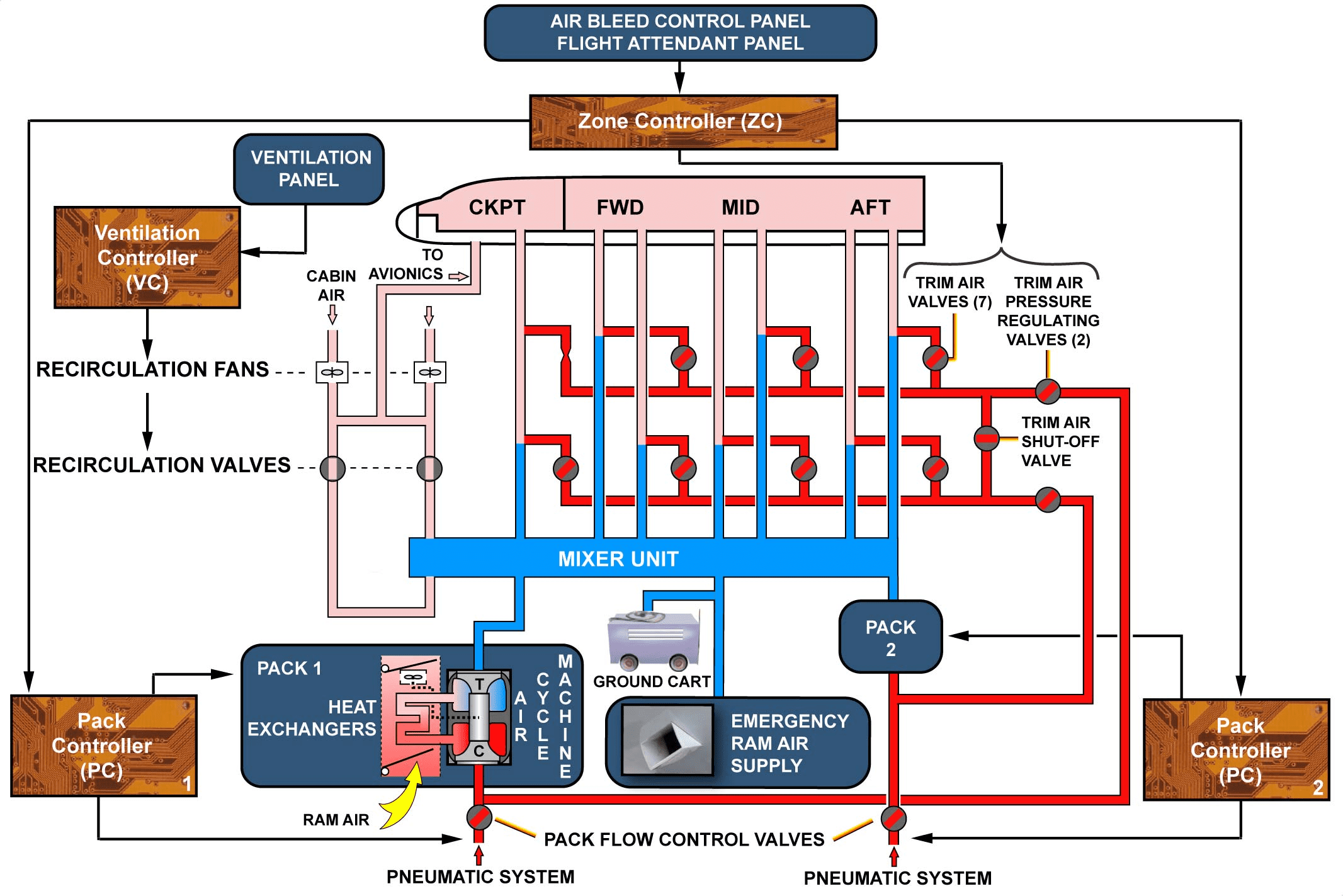


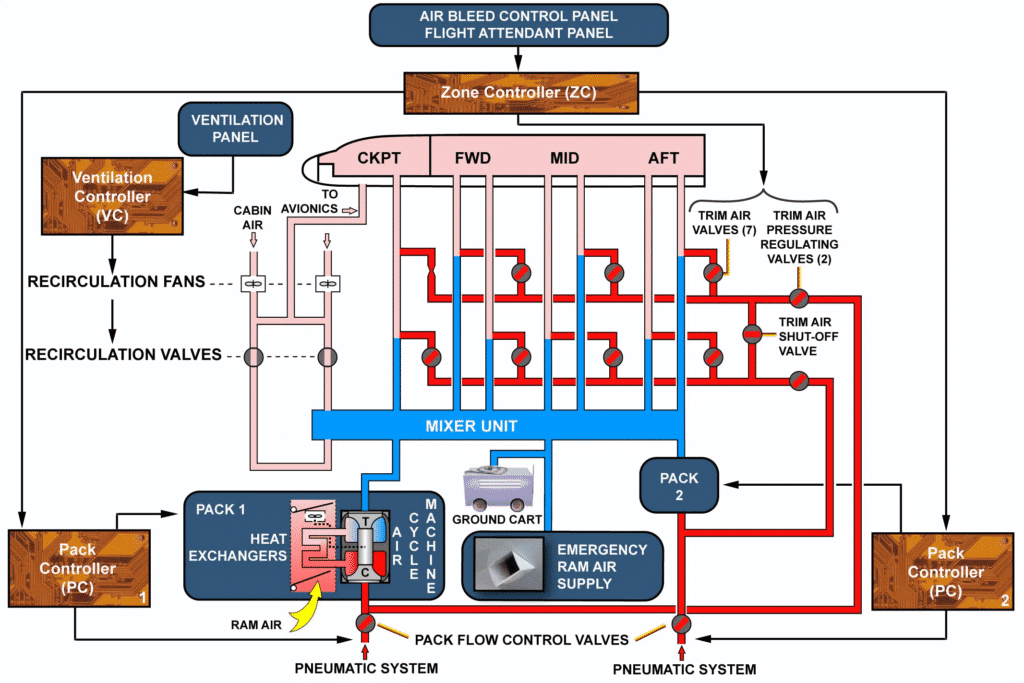
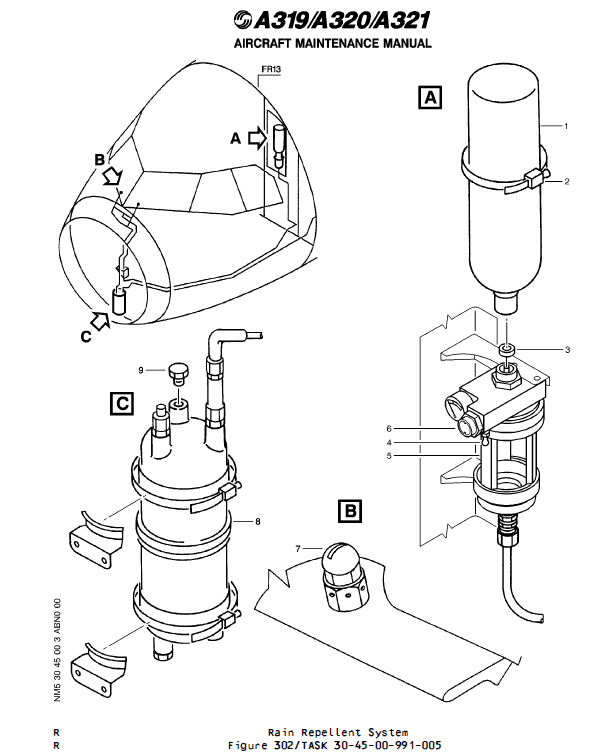
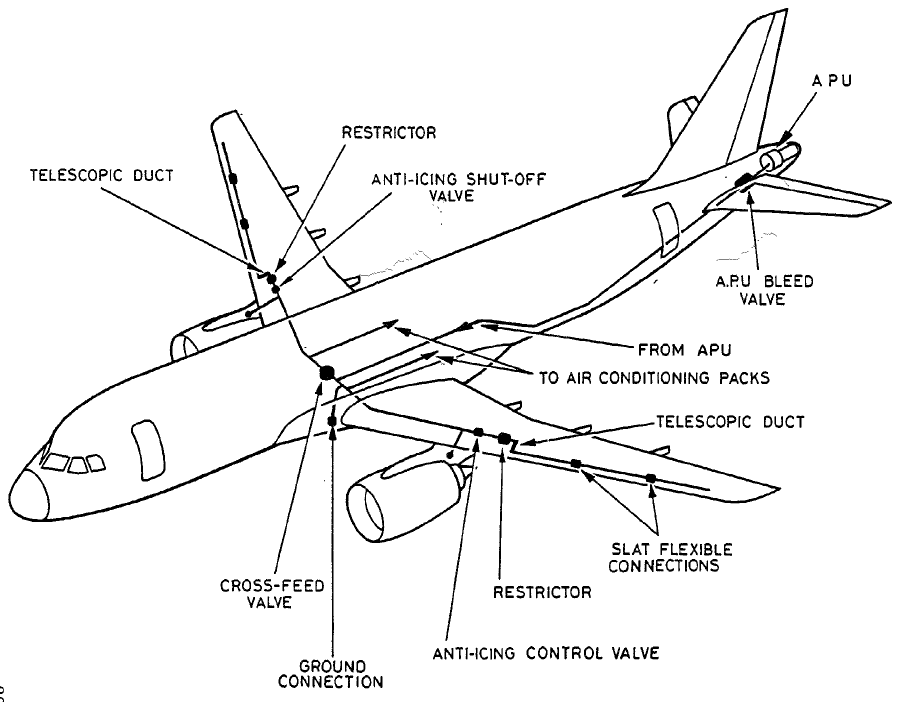
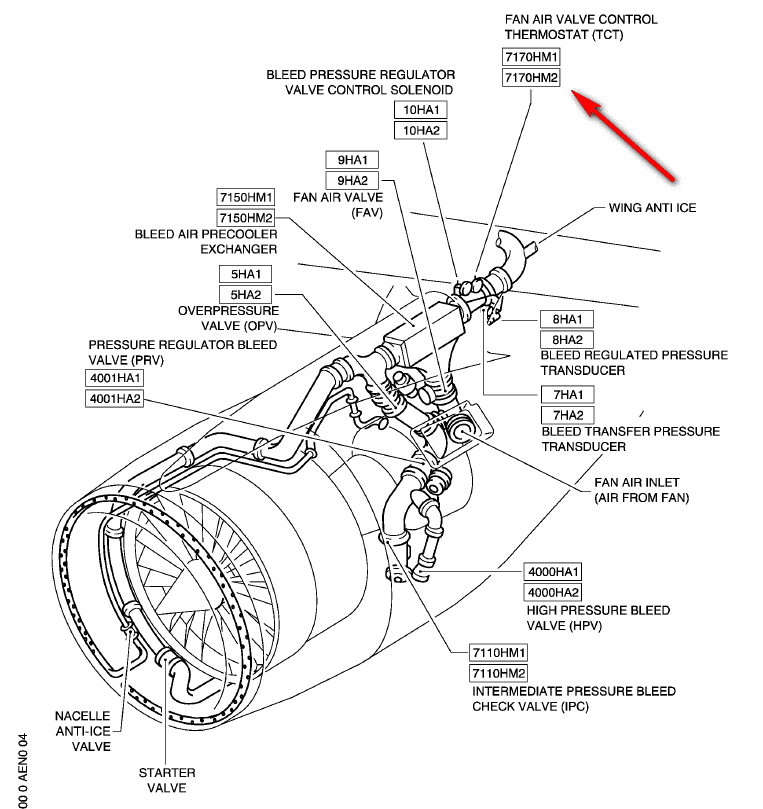

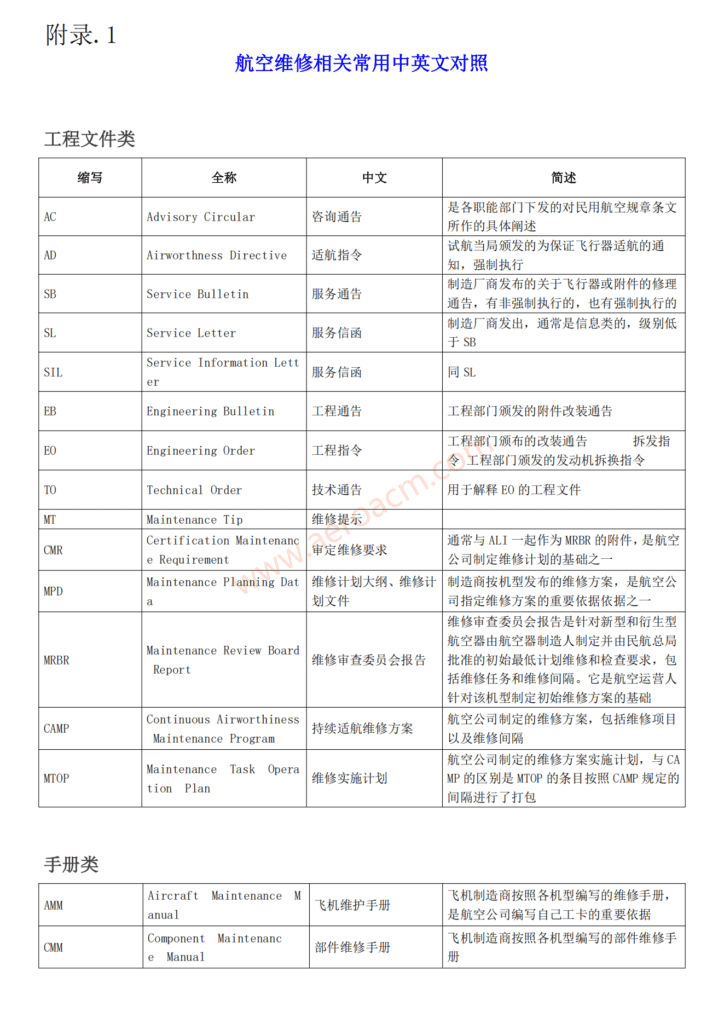
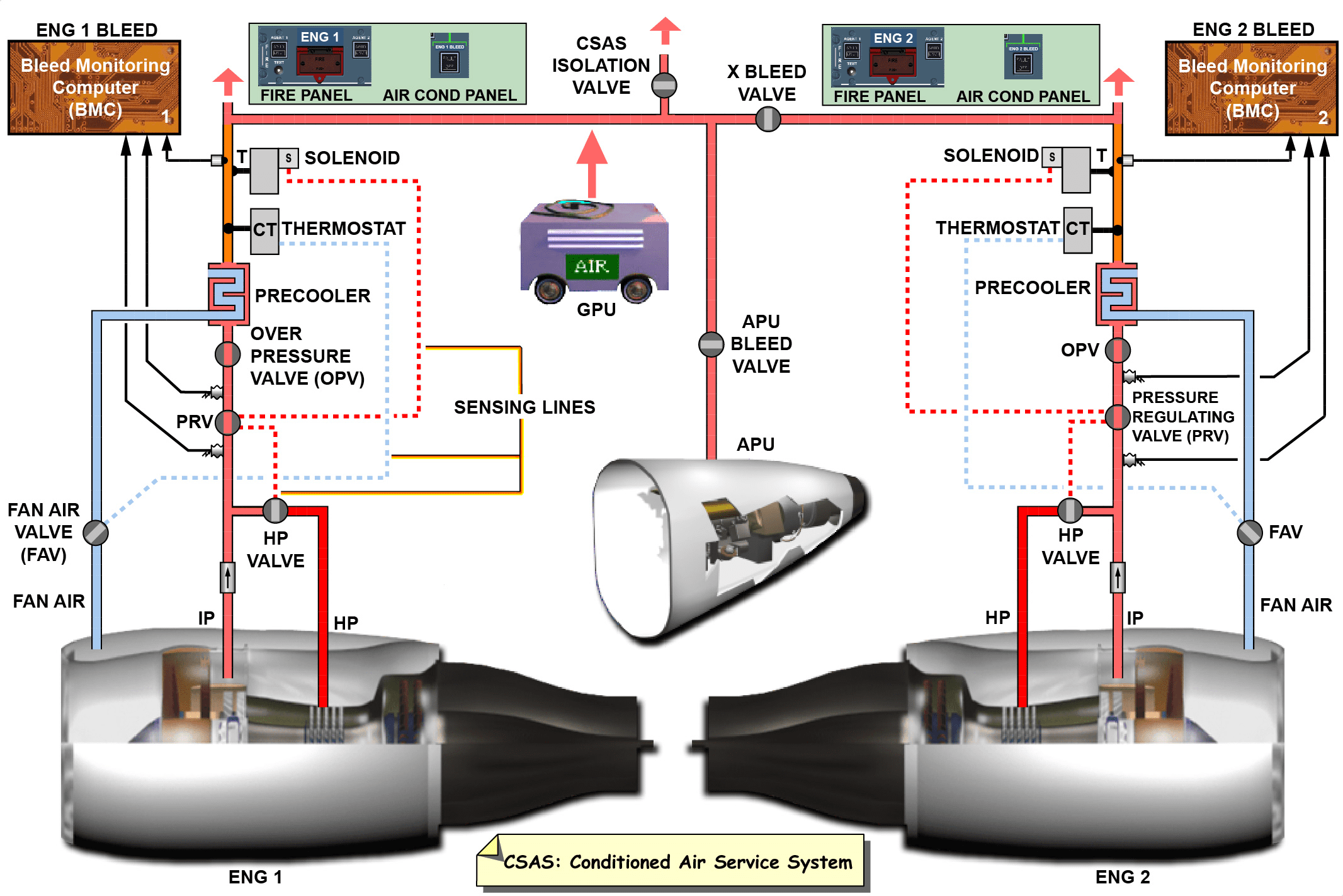
暂无评论内容